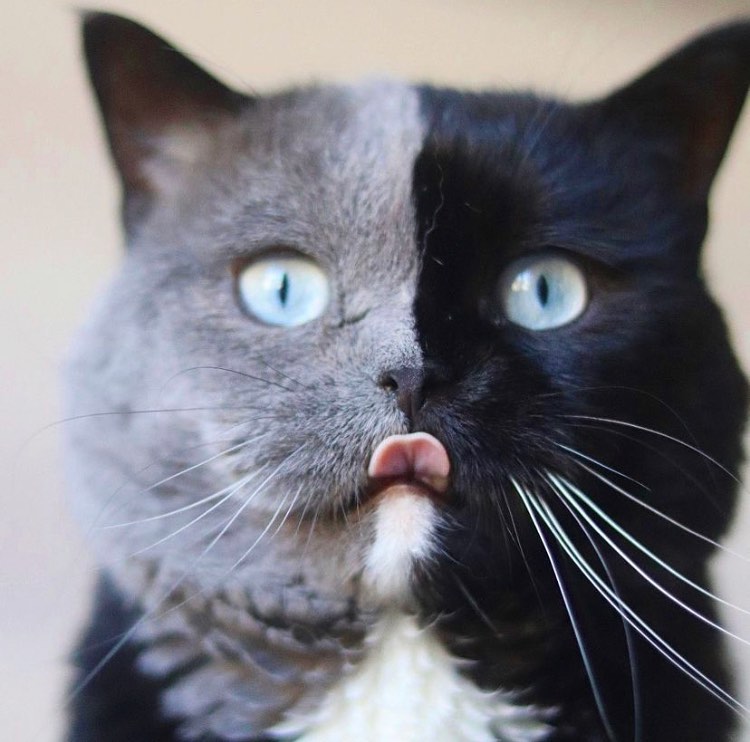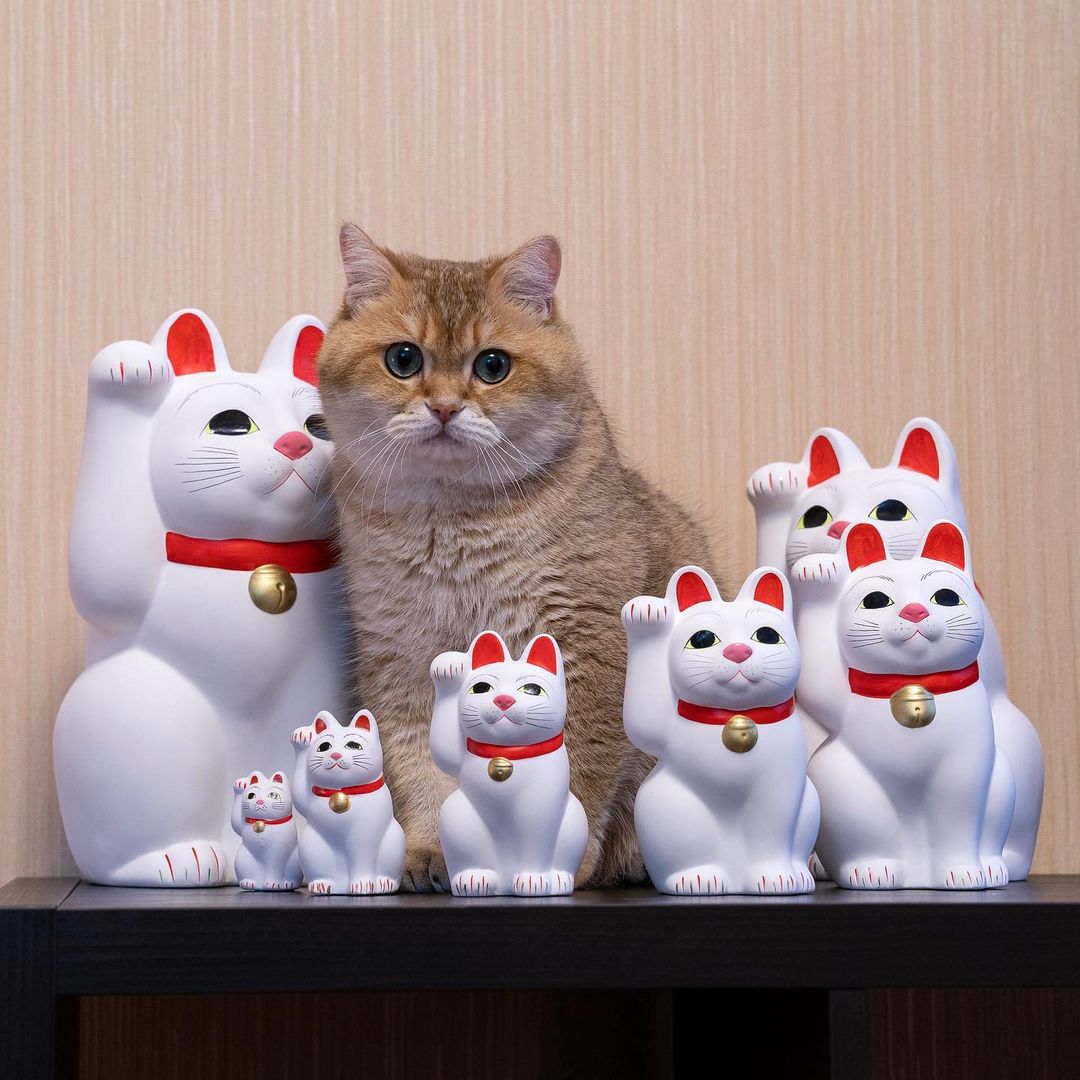
Photos courtesy of Roland Huddleston
At first glance, it’s easy to underestimate Elle and Apollo.
After all, Elle was born paralyzed from the waist down. She also has a curved spine because of a slight separation between two vertebrae.
And Apollo sways from side to side when he tries to walk. He's very unsteady on his feet. Another street cat ripped a small hole in his cerebellum, the part of his brain that controls his coordination and muscle movements.
Partially paralyzed cats might get a free pass when it comes to speed, agility, or normal physical activity. But that’s not the case with Elle and Apollo. Owner Roland Huddleston says that they have a unique optimism and don’t realize they’re paralyzed.
Tiny But Mighty
Elle was barely four weeks old when her mother abandoned her. “For the first month and a half, we went to the vet two or three times a day to get her bladder and bowels expressed,” Huddleston says. “She still needs to have them expressed for her. But since then, we’ve learned to do it into the toilet four times per day.”

Huddleston and his partner, Kristen, made her a wheelchair with a 3D printer and Legos. “I found online design files for a Chihuahua, so I just shrunk them down,” he says. “She used it for a couple of weeks before she outgrew it. Then I ended up making another one out of K'NEXs, but it wasn’t as stable.” Every time Elle hit a bump, she’d fall over. Because her back legs don’t stretch out, they either drag behind her or have to be tied closer to her body. “Wheelchairs really restricted her movement, so we didn’t use them that much,” he says.
Then something unexpected happened: her back leg twitched. “Once she started getting used to being a cat and moving around on two legs instead of four, that’s when she started doing all of these things we didn’t think she was capable of,” he says. “We treated her like she was fragile, like she was made of glass. Since then, we learned that she’s going to do what she wants and she’s going to bounce back.”
Elle has a muscular upper body and front legs. The four-year-old can scale screen doors, stairs, counters, and cat trees. She can wrestle kickeroos with her front legs too. The cream-colored cat chews the little dangly balls off cat houses and chases them around. “She sleeps in the bathtub at night, which is right next to our bedroom. Occasionally, when I get up in the morning, there are little toys scattered all over it.” She also goes absolutely nuts and zooms around the house for about 10 seconds at a time.

Elle, like most cats, loves to chase blanket-covered toys, fingers, and toes. “She's not shy about using her claws, so we tend not to play that game with her,” Huddleston says. She also likes to crawl inside of pop-up tents and then pounce on her owners or one of the other cats. Sometimes, she’ll just stick out her front paws and hope to grab someone.
Apollo isn’t as quick as Elle and he doesn’t like being strapped to a wheelchair. Though, when Huddleston puts slight pressure on his tail, it improves his balance. Apollo and Elle also have small cat harnesses that wrap around the back of their bodies. “We flip a regular harness around and attach a lead...where the cats' heads stick out, that’s where their tails go,” he says. When Apollo and Elle aren’t cramming themselves into Canada Dry boxes or popping catnip bubbles, they’re running around the house, backyard, and sometimes, the front yard.
Especially Needed
Before Huddleston adopted Elle and Apollo, he was depressed most of the time. “Sometimes, I'll get like two hours of sleep. I used to wake up angry and grumpy, but now, every time I wake up it's a little gift,” he says. Elle and Apollo aren’t cats with special needs. They’re especially needed. Elle has gone to the hospital several times because she’s jumped off something and broken her leg. She’s had a seroma on her bottom. “You could easily attribute it to her disability. But I would really attribute it more to her bravery and her overcoming her disability,” Huddleston says. “If a mountain climber slips, he doesn't blame the mountain.”


